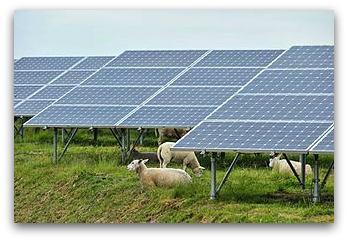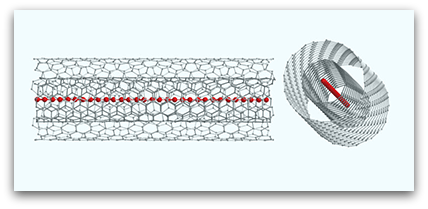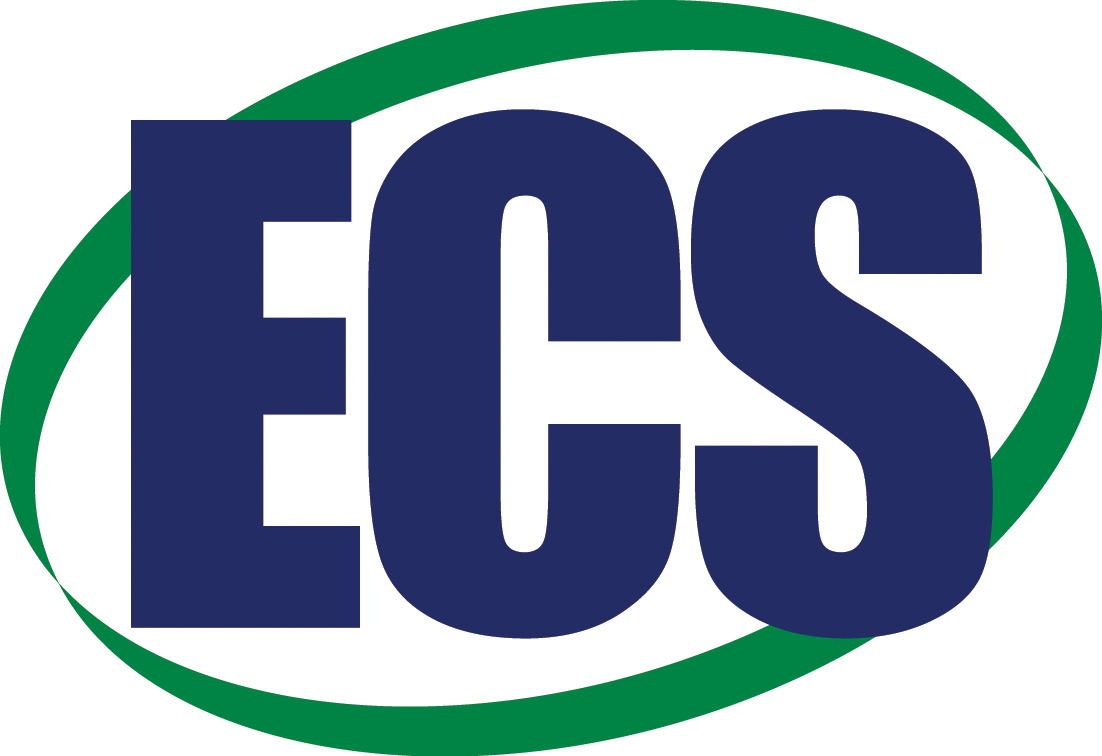In early December of 2015, Sen. Jeff Flake (R-Ariz.) penned what he deemed the “Wastebook” – a report detailing what the senator believes to be wasteful federal spending, specifically targeted at research dollars.
The report took aim at research the fiscal conservative considered a waste of federal cash, including projects he summed up as a “shrimp fight club,” a study of cows in China, an exploration of why obese women can’t get dates, and a look at shrimp on a treadmill.
Earlier this month, those very same scientists that Flake criticized and reduced their research to mere waste took to Pennsylvania Avenue to reinforce the legitimacy of their work.
Researchers respond
“I am rock solid about my research. I know it is very good,” said Sheila Patek, an associate professor of biology at Duke University who led the so-called shrimp fight club study. “But this ‘Wastebook’ targeted a short paper that was the first paper in my young graduate student’s career. He is from a long line of firefighters. His father, his uncle, his grandfather. There aren’t any other scientists in his family. They are very proud of him. He is extremely civic-minded. I don’t think I’ve had anyone in my lab like that. And this has been crushing for him.”


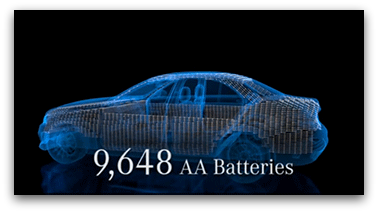 There may soon be a shift in the transportation sector, where traditional fossil fuel-powered vehicles become a thing of the past and electric vehicles start on their rise to dominance.
There may soon be a shift in the transportation sector, where traditional fossil fuel-powered vehicles become a thing of the past and electric vehicles start on their rise to dominance.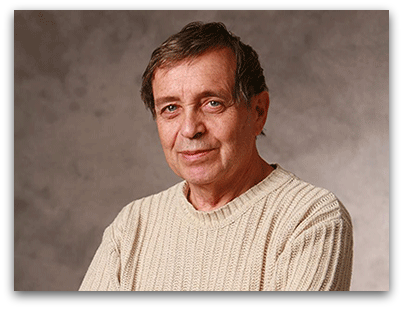 Michael Shur will be awarded the 2016 ECS
Michael Shur will be awarded the 2016 ECS  Michael Faraday may have suggested that the formula for scientific success is “
Michael Faraday may have suggested that the formula for scientific success is “ Globally, open access can help create a world where everyone from the student in Atlanta to a researcher in Haiti can freely read the scientific papers they need to make a discovery; where scientific breakthroughs in energy conversion, sensors, or nanotechnology are unimpeded by fees to access or publish research.
Globally, open access can help create a world where everyone from the student in Atlanta to a researcher in Haiti can freely read the scientific papers they need to make a discovery; where scientific breakthroughs in energy conversion, sensors, or nanotechnology are unimpeded by fees to access or publish research.